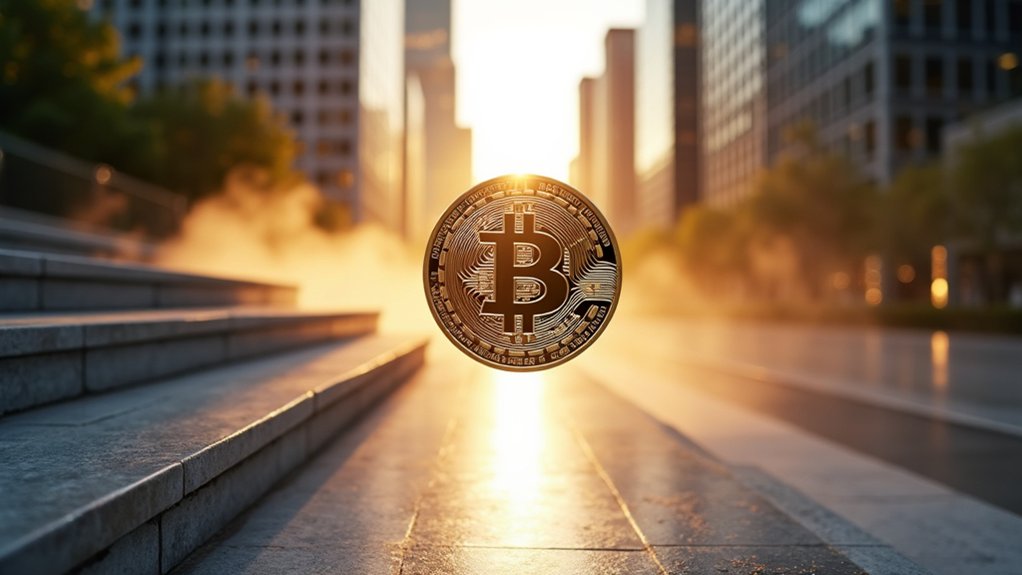Despite decades of climate commitments and countless corporate sustainability reports, the voluntary carbon market remains a fragmented mess of over thirty registries, opaque pricing mechanisms, and enough double-counting scandals to make even the most optimistic ESG investor wince.
Enter JPMorgan’s Kinexys unit and S&P Global, wielding blockchain technology like a regulatory machete to hack through this $200 billion jungle of inefficiency. Their proposed tokenization platform promises to transform carbon credits into standardized digital assets, moving the “source of truth” from disparate registries onto immutable blockchain ledgers—a notion that would have sounded like science fiction to carbon traders just five years ago.
JPMorgan and S&P Global are slicing through carbon market chaos with blockchain precision, turning bureaucratic nightmares into tradeable digital reality.
The tokenization process operates with mechanical precision: carbon credits migrate from traditional registries like Verra or Gold Standard into custodial accounts managed by bridging platforms, where they’re minted as ERC-20 tokens on a 1:1 basis. Smart contracts automate the entire lifecycle—minting, trading, retirement—while metadata preserves essential details like project vintage and registry identifiers, creating an auditable trail that would make forensic accountants weep with joy.
JPMorgan’s “plug-and-play” platform aspires to replicate Visa’s network effect in payments, creating interoperability across previously siloed systems. The initiative targets institutional investors who’ve been circling the voluntary carbon market like cautious sharks, deterred by liquidity constraints and transparency gaps that have historically plagued this sector. This decentralized nature of blockchain technology offers the secure, transparent, and efficient solutions needed to address these long-standing market inefficiencies.
The blockchain solution addresses fundamental market failures: real-time tracking prevents fraudulent credits from circulating like financial herpes, while standardized tokenization enables price discovery mechanisms that actually function. For investors seeking exposure, the platform offers both immediate liquidity through standardized tokens and long-term positioning in jurisdictional REDD+ credits from regions like Colombia and Indonesia. Financial institutions can now create new products and marketplaces for carbon credits, expanding access to previously inaccessible market participants.
Success hinges on achieving significant mass adoption—a chicken-and-egg problem where registries need platforms and platforms need registries. The platform’s approach represents a shift toward custodial bridges, where third-party operators manage the locking of credits and issuance of digital representations on-chain. Yet if JPMorgan and S&P Global can orchestrate this transformation, they’ll release trillions in climate finance by converting a Byzantine maze of carbon accounting into a transparent, liquid ecosystem that institutional capital can finally navigate without requiring advanced degrees in environmental bureaucracy.





